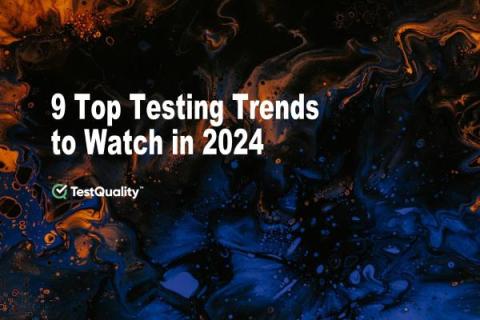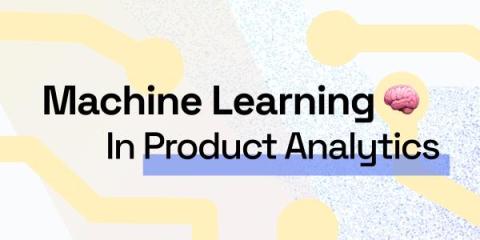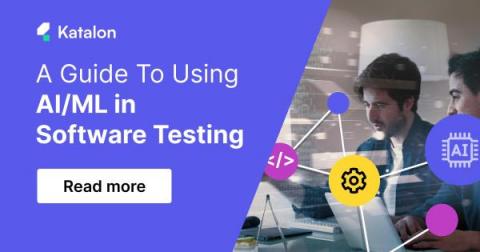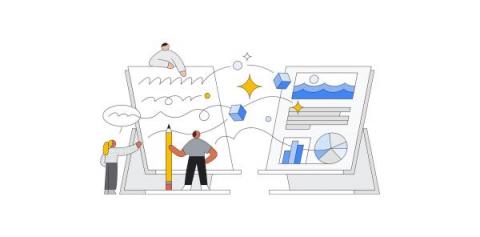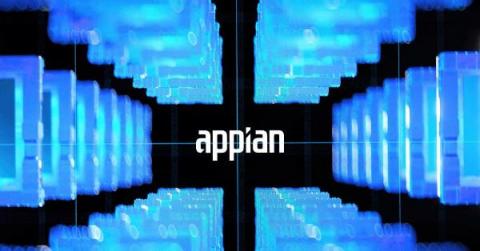9 Top Testing Trends to Watch in 2024
While AI and machine learning have been industry buzzwords for a while, they are now becoming fundamental to software testing. Machine learning algorithms are making it easier to sift through logs, identify patterns, and even predict where bugs are most likely to occur. As these technologies mature, the role of AI in software testing will undoubtedly expand.


